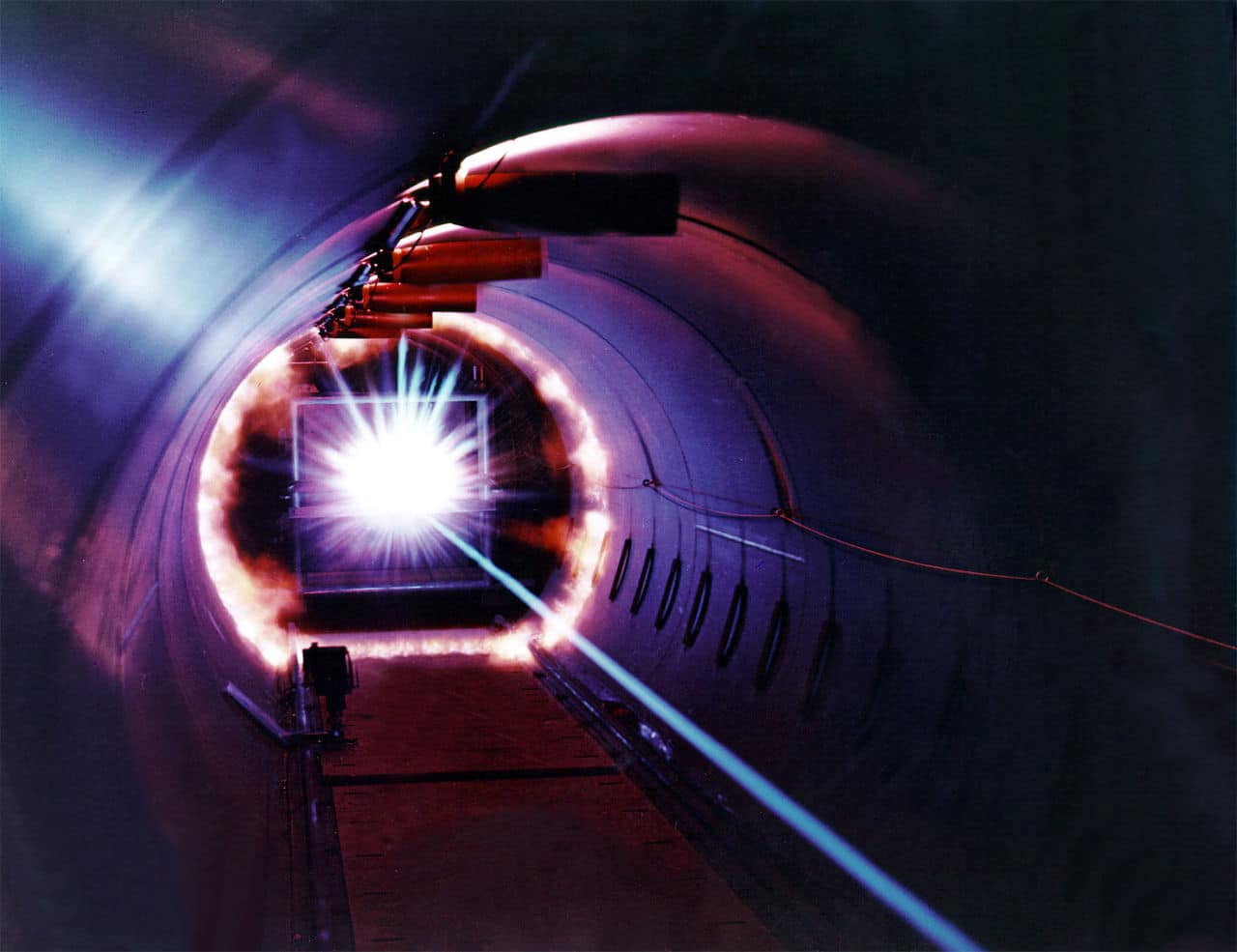Optimizing Plasma

Written by Tim Lash, Focus Fusion Society Contributor.
Lawrenceville Plasma Physics fusion research has aneutronic hydrogen-boron fueled fusion as its energy production goal. Another fusion project that proposes to use hydrogen-boron fuel takes a clever approach to finding a hot plasma regime. Tri Alpha Energy (TAE) is building a colliding beam fusion reactor. A recent article published in the journal Science Reports outlines a high tech approach to optimize the operating characteristics of their device.
By its very nature producing energy via fusion is complex. The science can be daunting, and the machines that attempt to achieve fusion incredibly intricate. These machines generally have a multitude of operating parameters that need to be tuned and calibrated. Response to input parameters is often nonlinear. Further, sets of parameters are often interdependent. Finding the best set of operating conditions for fusion often involves much trial and error. Tri Alpha, in conjunction with Google’s machine learning engineers, have crafted an algorithm to aid searching for optimal settings.
The team created an algorithm that varied sets of input parameters, ran a plasma test and then asked a human operator whether the result was better or worse than other results. This algorithm was dubbed the Optometrist Algorithm since it’s analogous to how optometrists determine an eyeglass prescription. In this step-wise fashion TAE was able to more efficiently map the high-dimensional parametric space of their fusion reactor.
The researchers showed that this was a pretty efficient optimization technique. They improved plasma temperatures from around 400 eV to above 600 eV. But, more importantly, the plasma stays hotter for much longer, increasing from about 1.8 ms to well over three ms (the measurements cut off at three ms). The effect of this is to increase the net heating from a few hundred kilowatts to some four megawatts. This improved operating regime was found unexpectedly under an input arrangement not previously considered by reactor operators.
This algorithm can be applied to areas beyond fusion. Any system whose performance depends on a large set of interdependent input parameters could benefit. Complex systems with many parameters are common in biology, physics, engineering, geology, and social science.